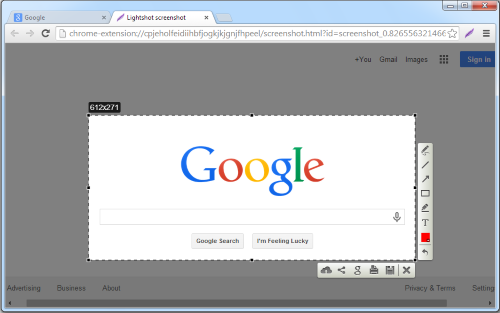

Take the previous example in which an average of 100 electrons go from point A to point B every nanosecond.

While this is the result when the electrons contributing to the current occur completely randomly, unaffected by each other, there are important cases in which these natural fluctuations are largely suppressed due to a charge build up. The first direct measurement of their charge was through the shot noise in the current.

For instance, particle simulations may produce a certain amount of "noise", where because of the small number of particles simulated, the simulation exhibits undue statistical fluctuations which don't reflect the real-world system. The term can also be used to describe any noise source, even if solely mathematical, of similar origin. It is important in electronics, telecommunications, optical detection, and fundamental physics. Shot noise may be dominant when the finite number of particles that carry energy (such as electrons in an electronic circuit or photons in an optical device) is sufficiently small so that uncertainties due to the Poisson distribution, which describes the occurrence of independent random events, are of significance. The concept of shot noise was first introduced in 1918 by Walter Schottky who studied fluctuations of current in vacuum tubes. However, if the laser brightness is reduced until only a handful of photons hit the wall every second, the relative fluctuations in number of photons, i.e., brightness, will be significant, just as when tossing a coin a few times. The fundamental physical processes that govern light emission are such that these photons are emitted from the laser at random times but the many billions of photons needed to create a spot are so many that the brightness, the number of photons per unit of time, varies only infinitesimally with time. Consider light-a stream of discrete photons-coming out of a laser pointer and hitting a wall to create a visible spot.

Shot noise exists because phenomena such as light and electric current consist of the movement of discrete (also called "quantized") 'packets'. From the law of large numbers, one can show that the relative fluctuations reduce as the reciprocal square root of the number of throws, a result valid for all statistical fluctuations, including shot noise. In a statistical experiment such as tossing a fair coin and counting the occurrences of heads and tails, the numbers of heads and tails after a great many throws will differ by only a tiny percentage, while after only a few throws outcomes with a significant excess of heads over tails or vice versa are common if an experiment with a few throws is repeated over and over, the outcomes will fluctuate a lot.


 0 kommentar(er)
0 kommentar(er)
